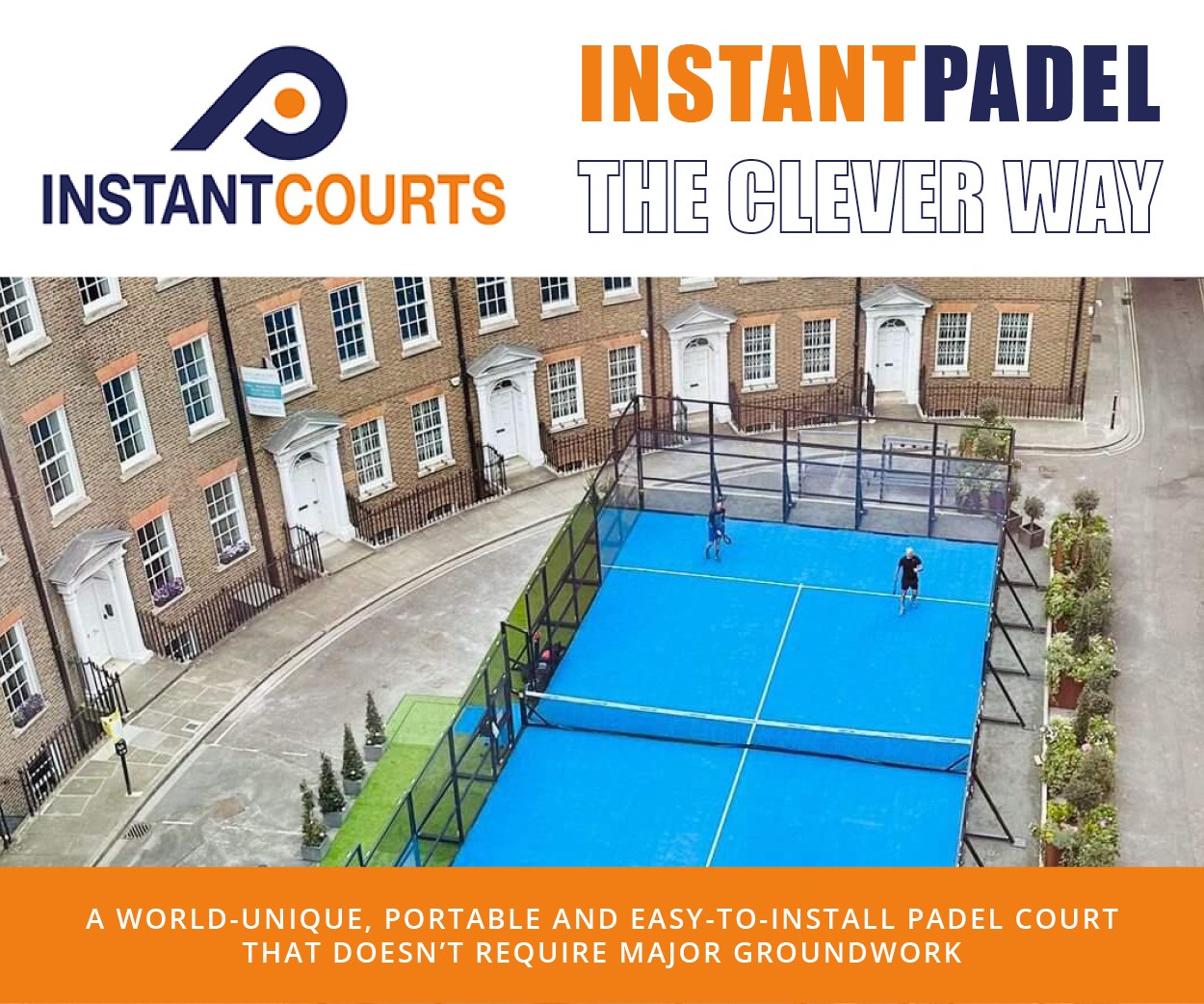That noise you can hear is the stampede of newcomers to the padel industry seeking to board the gravy train by building a club in a leafy location near you. Some will be successful, but lack of experience may see others make fatal errors.
Michael Gradon, CEO of Game4Padel, admits his company has made a few mistakes over the last five and half years – but has learned from them.
Game4Padel’s model is to build and run padel facilities. They have over 30 open or secured venues globally and have a ‘playbook’ for every step of the process between searching for a venue to post-opening.
Although he won’t, of course, reveal all of Game4Padel’s secrets, Gradon has outlined to The Padel Paper what they believe are the essential steps to making a padel club successful.
He says: “Many entrepreneurs who are entering the market have fallen in love with padel and recognised the opportunity to leverage this growing sport. I wish them luck, because I’ve experienced first-hand it is a lot more difficult than the average person thinks.
“Success depends on a huge number of factors. But even though there is no ‘one size fits all’ solution, there are certain principles we abide by when assessing the viability of a new location.”
Michael’s step-by-step guide to creating and running a successful padel business includes:
1. Location, location, location. If you want to make money, you have to be where there are a significant number of chimney pots. The biggest misconception I hear is, ‘Build it and they will come.’ Even though the awareness of padel is growing hugely, I think that’s a massive myth. People still need to see padel and you need to find creative ways to get people to try it. Unless you’ve got the budget for expensive marketing, the prominence of its location, in terms of population and visibility, matters.
2. As a business, we’ve focused on venues with a big indigenous footfall (for example, sports facilities with an active player base and thriving social scene, high-traffic shopping centres and business parks).
Our recent deal with GLL was attractive for us because a lot of their sites have a large footfall. Some of their leisure centres, such as Gosling Sports Park in Welwyn Garden City, have one million visitors annually. That gives us a huge base of people to promote padel to.

3. Do your research. I know some Scandinavian companies who’ve tried to transfer their model to the UK, but have been shocked to find the relatively cheap warehouses and available land they’re used to do not exist here. Paying very high fixed rents for a large facility with 10-30 courts – and then not filling them – is a fast route to bankruptcy.
We’ve always been relatively risk-averse and I’m conscious that our 90 shareholders want us to grow profitably and sensibly, matching supply and demand. So even if an existing venue is passionate about us building 10 or 12 courts, we say, ‘Let’s build four, and if they’re full in a few months, we’ll build another four, then another four.’ We don’t want to grow too quickly and have courts sitting empty. It’s not a good look. You want people to feel like they have to book quickly otherwise they won’t get a court.
4. The planning process remains the bane of our lives. Canopy courts carry a risk of complaints based on visual impact while outdoor courts can raise noise concerns. Indoor venues only need a change-of-use application, but come with high fixed rents, which is risky. Local authorities sometimes come up with reasons to object which seem hard to understand and little weight seems to be given to padel’s health and community benefits. It can be an incredibly time-consuming process. Our fastest ever planning consent was eight weeks and our slowest is still ongoing after two years.

5. Marketing and promotion. This makes up a large part of the art of making a venue successful within the location and venue you’ve chosen. I certainly wouldn’t say we’re perfect at it, but we’ve spent more than five years learning what works and what doesn’t. We have a fantastic PR team. I cannot underestimate how important that is when promoting something that most people still haven’t heard of.
One crucial point of difference for us is having celebrity investors. Being able to say, “Andy Murray’s padel company is coming to [insert name of town]” is a massive help in getting local media coverage. Whilst we go through the planning permission process, we often look at putting up a pop-up padel court to build a padel community in advance. This worked recently in Ipswich where we got ITV Anglia, local radio and the local newspaper along for a hit. We now have planning consent for four covered courts in the town.
When we signed our deal with Westfield Shopping Centre, we were interviewed live on Sky News, had a great piece in The Times and it was the lead item in almost all property publications. In Brighton, our uncovered pop-up court has been booked every single available hour (14 hours a day) and we’ve got planning consent for four permanent covered courts there.
5. Catalyse usage. Once a facility is up and running, we run coaching programmes, social sessions, mix-in tournaments and a whole variety of events designed to create and grow a thriving padel community.
Before I give away too many more secrets, I shall stop there!









































